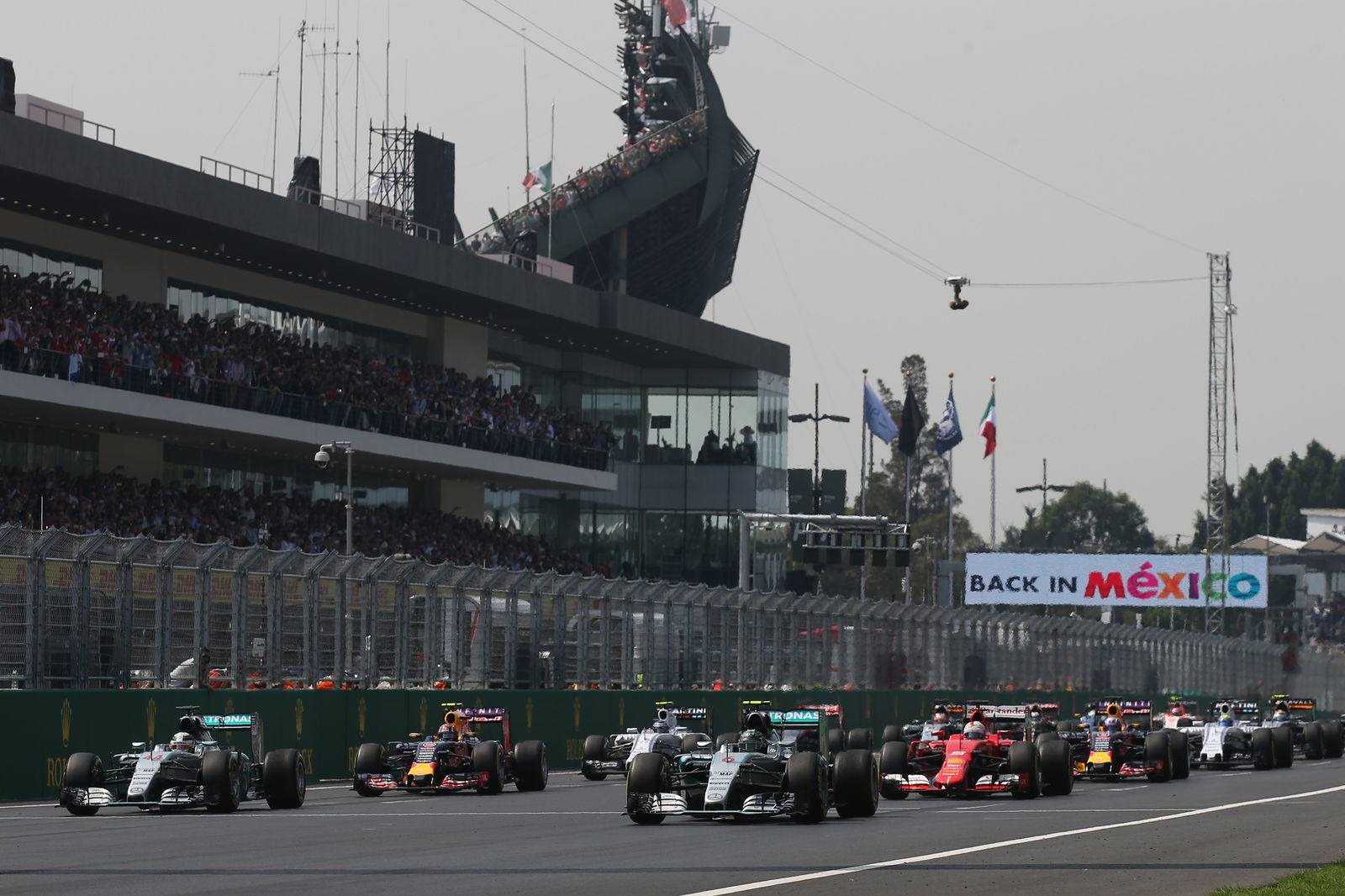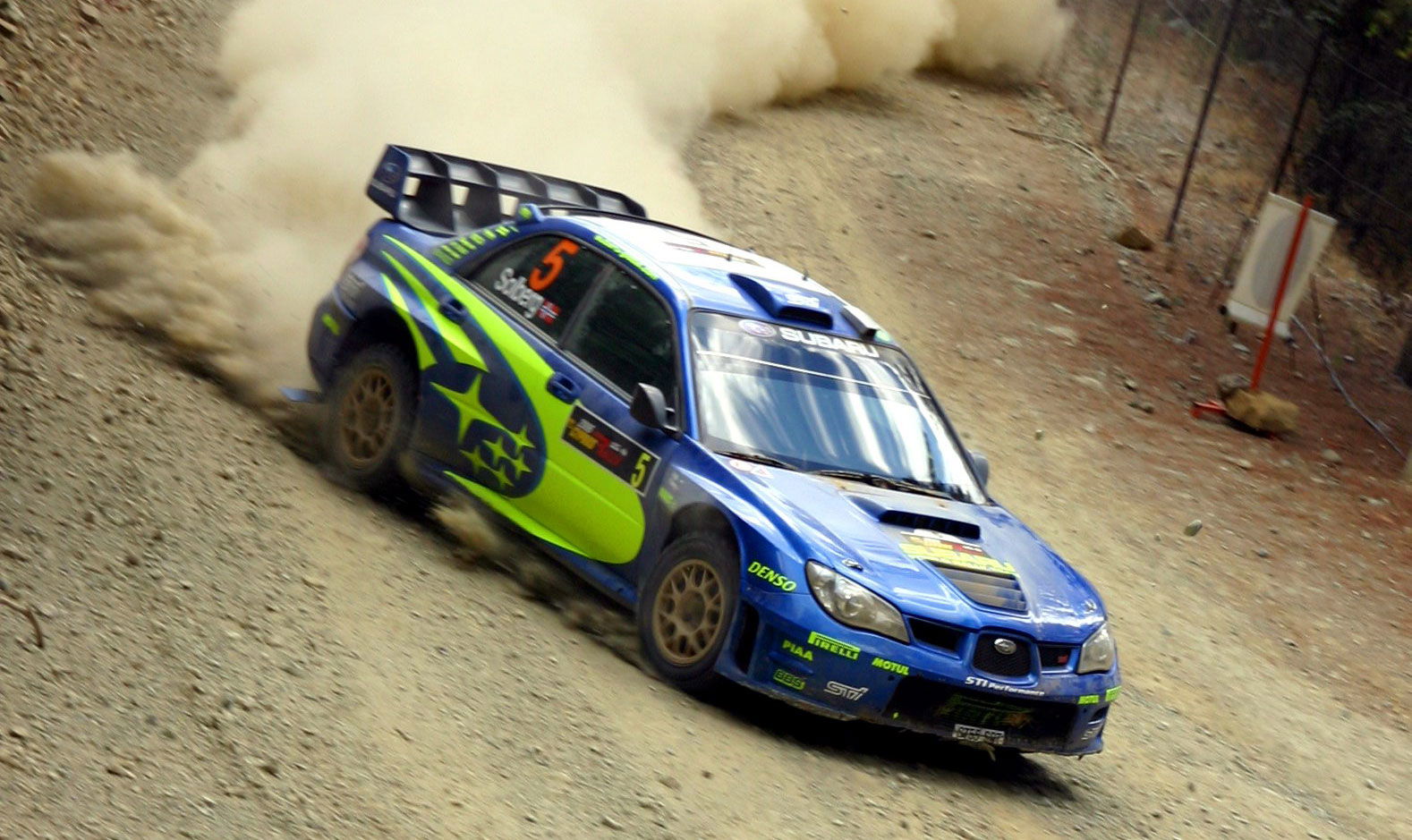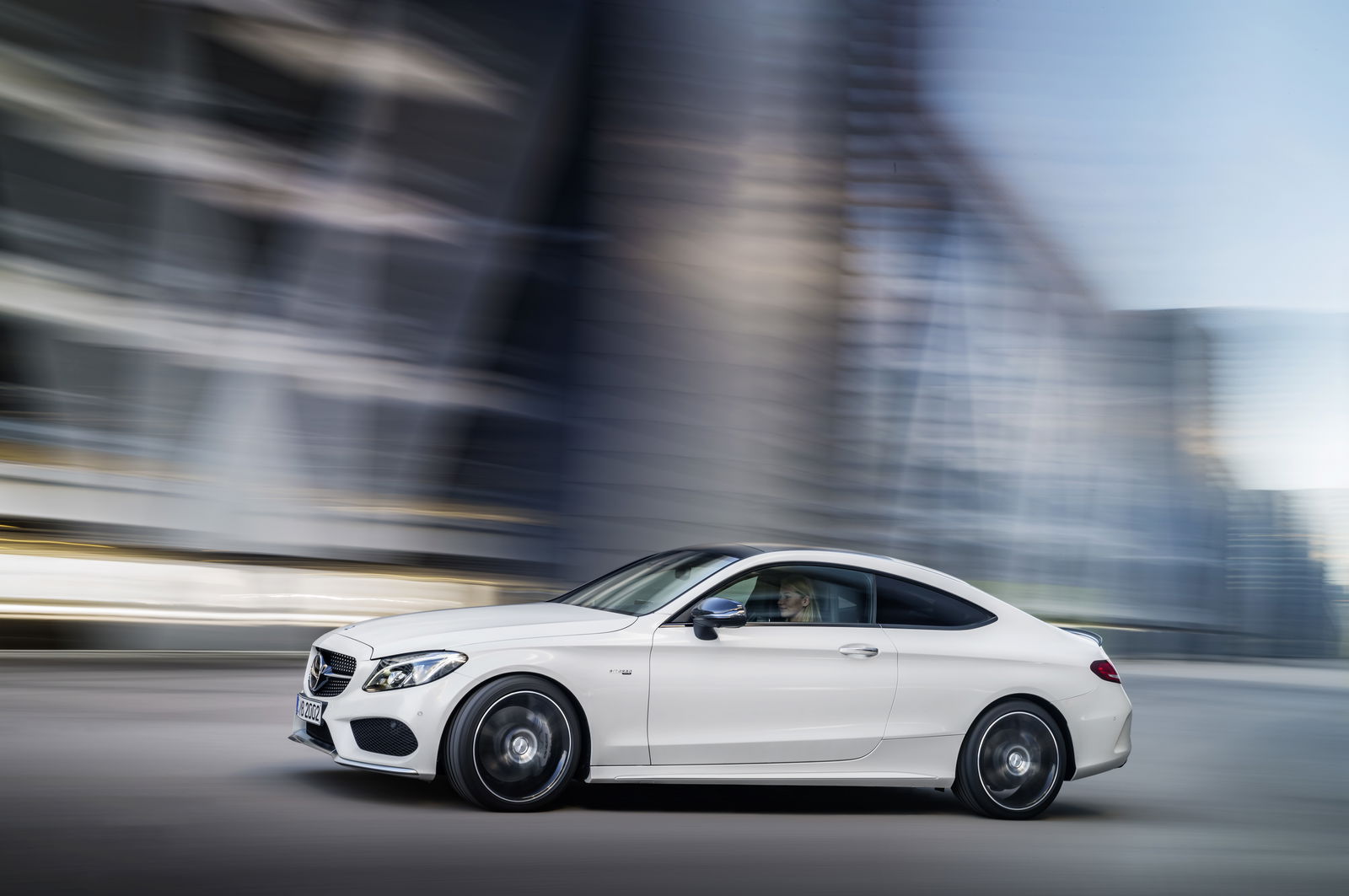Bonkers New Elimination-Style Qualifying Format Set To Be Introduced In F1

Formula 1 teams have made a unanimous agreement to radically shake-up the qualifying format, with a new elimination-style system set to debut as early as this year.
F1 bosses and teams met in Geneva for meetings of the Strategy Group and F1 Commission, to try and agree to possible rule changes for the up-coming seasons. The new qualifying system is one of those that has been voted through.
Many feel there wasn’t really much wrong with the current qualifying system, with the slowest drivers from two sessions being eliminated before the top 10 battle for pole position. So, of course, F1 has decided to change one of the things actually right with the sport and instead of going for something like one-lap qualifying, it has been agreed that a knock-out elimination format will be used.

Qualifying will remain one hour long and with three sessions, but following early stints drivers will start to be eliminated every 90 seconds. Here’s how the sessions will work, according to the rules agreed to by F1 teams and bosses, and reported by Motorsport.com:
- Q1 - This will last 16 minutes and after seven minutes, the slowest driver will be knocked out of qualifying. Every 90 seconds until the chequered flag the slowest driver will be eliminated, with seven occupying the spots at the back of the grid and 15 progressing.
- Q2 - With a duration of 15 minutes, the slowest driver will be eliminated after six minutes, which is when the 90-second cycle will begin until there are just eight drivers remaining. These will move on to the final session.
- Q3 - Lasting 14 minutes, the slowest driver will drop out after five minutes and that is when the 90-second knock-out system will begin once again. Two drivers will be left in the final section and will battle it out for pole position.

While the format will mean drivers are constantly out on track, it will throw up numerous problems – like if the slowest driver goes faster just as the 90 seconds is up, or if there is a red flag – and the whole thing could be seen as a contrived way of spicing up the show.
Durable tyres will be needed for the constant running and cars will need to be packed full of fuel to last, if no pit stops are allowed. Grids will likely be more mixed up but it is a much more confusing system and answers a question that no one really asked.
Undoubtedly the worst thing about the qualifying change discussions is the potential addition of time ballast, where extra time will be added to each drivers’ qualifying lap on the basis of championship position, with a sliding scale. But this is thought to have not had as much support.
The elimination-style qualifying format hasn’t been completely finalised as it still needs ratification from the World Motor Sport Council, which next meets on the 4 March. What do you think? Is it good for F1, will they fail to get the full potential from it, or is it a rubbish idea? Let us know!


Comments
As interesting as this format sounds it may not work as it becomes more overwhelming for teams that use a strategy that involves spending the first few minutes of qualifying preparing in pit lane. This idea will also increase traffic during qualifying and traffic which makes it more difficult to obtain the fastest lap time, this is why cars tend to get slower laps on race day than during a qualifying session. It also makes things more complex if the teams still have to apply the rule where they must start the race on the same tires they qualified with.
Want to improve the show? Change Bernie. The dude is there to bring money to F1, nothing else. It’s a bussiness, I know. But how they did when F1 was on its early years? Certainly they found a way. Change the rules, they should limit the power to weight ratios, aerodynamics testing and other stuff not to budgets or limit cars to a certain type
Pagination